News Beat
News Beat reporting is an idrw.org initiative to let our Readers to report News Based on Actual facts but some how has not been reported in Main Stream Media .
SOURCE: RAUNAK KUNDE / NEWS BEAT / IDRW.ORG

India’s Defence Research and Development Organisation (DRDO)’s ADA is exploring the development of both manned and unmanned variants of its 5th generation Advanced Medium Combat Aircraft (AMCA) program. While the manned version awaits final funding approval, DRDO’s Aeronautical Development Agency (ADA) has proposed an unmanned AMCA concept – a potentially groundbreaking technology.
The Unmanned AMCA, if developed, would be the first of its kind – a 5th generation fighter jet controlled entirely by an “Electronic Pilot” and ground commands. This eliminates the need for a human pilot onboard, potentially reducing risks and offering tactical advantages.
Continue readingSOURCE: RAUNAK KUNDE / NEWS BEAT / IDRW.ORG
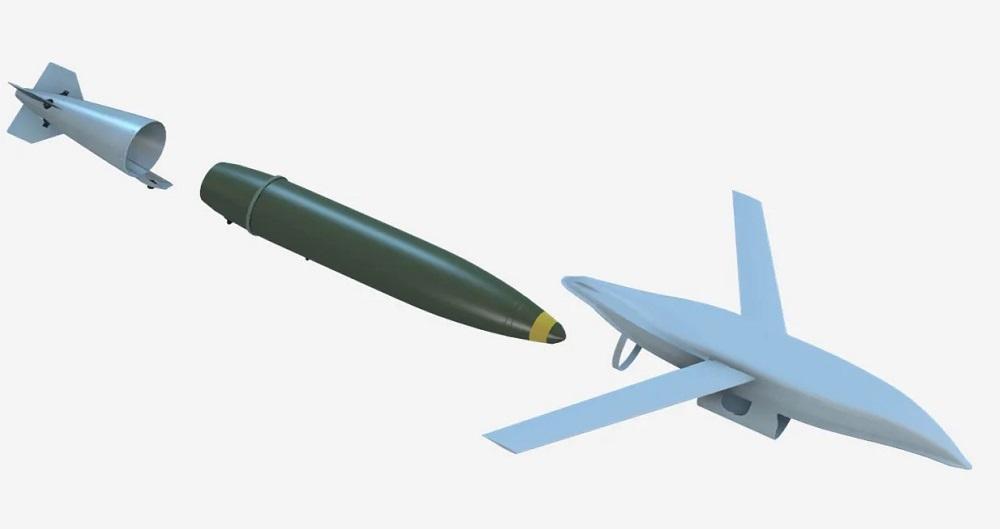
The Ministry of Defence (MoD) has issued a new challenge through iDEX ADITI Edition 1.0, targeting Indian startups. This initiative aims to enhance the capabilities of the Indian Air Force (IAF) by seeking the development of a Range Extension Kit (REK) for existing 250 kg High-Speed Low Drag (HSLD) bombs.
The core objective of this challenge is to develop a rocket or engine-assisted REK equipped with an Electro-Optical/Infra-Red (EO/IR) head for terminal guidance. This kit will be designed to:
Continue readingSOURCE: RAUNAK KUNDE / NEWS BEAT / IDRW.ORG
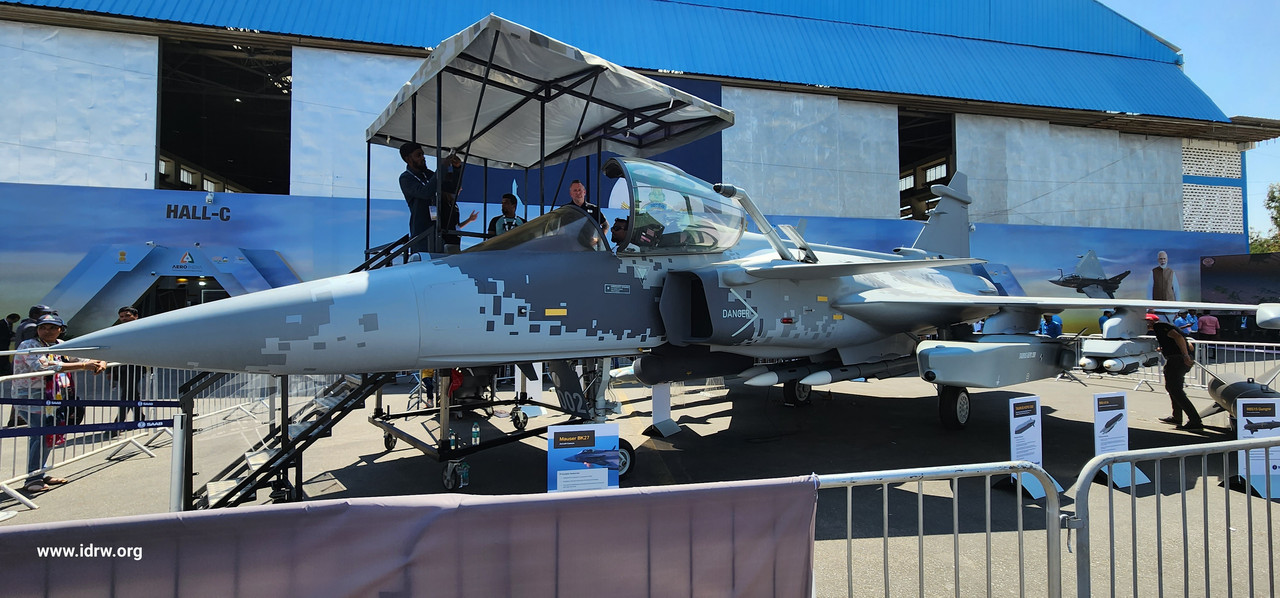
Mats Palmberg, Chairman and Managing Director of Saab India, recently shed light on the Swedish defense giant’s position in India’s ambitious Multi-Role Fighter Aircraft (MRFA) project. With cautious optimism and a commitment to partnership and innovation, Saab India eagerly awaits the government’s next move in this pivotal defense procurement endeavor.
Saab India’s journey in the MRFA project began with the submission of a comprehensive response to the Request for Information (RFI) in 2018. Since then, the company has engaged in extensive consultations with the Indian Air Force, striving to refine and clarify its proposal to align with the nation’s strategic objectives and operational requirements.
Continue readingSOURCE: RAUNAK KUNDE / NEWS BEAT / IDRW.ORG

The Indian Army set to order an additional 100 South Korean-developed K-9 Vajra self-propelled howitzers, but debates are intensifying over the need for a shift towards greater reliance on self-propelled artillery. Lessons from the Ukraine War, where towed howitzers have proven vulnerable to counter-battery attacks, emphasize the importance of agility and survivability for modern battlefields.
Wheeled self-propelled howitzers offer potent firepower and enhanced mobility compared to traditional towed systems, but lack the armored protection and off-road capabilities of tracked platforms. India’s ambitious modernization plans include acquiring over 800 wheeled self-propelled howitzers, and a significant increase in its tracked artillery fleet.
Continue readingSOURCE: RAUNAK KUNDE / NEWS BEAT / IDRW.ORG
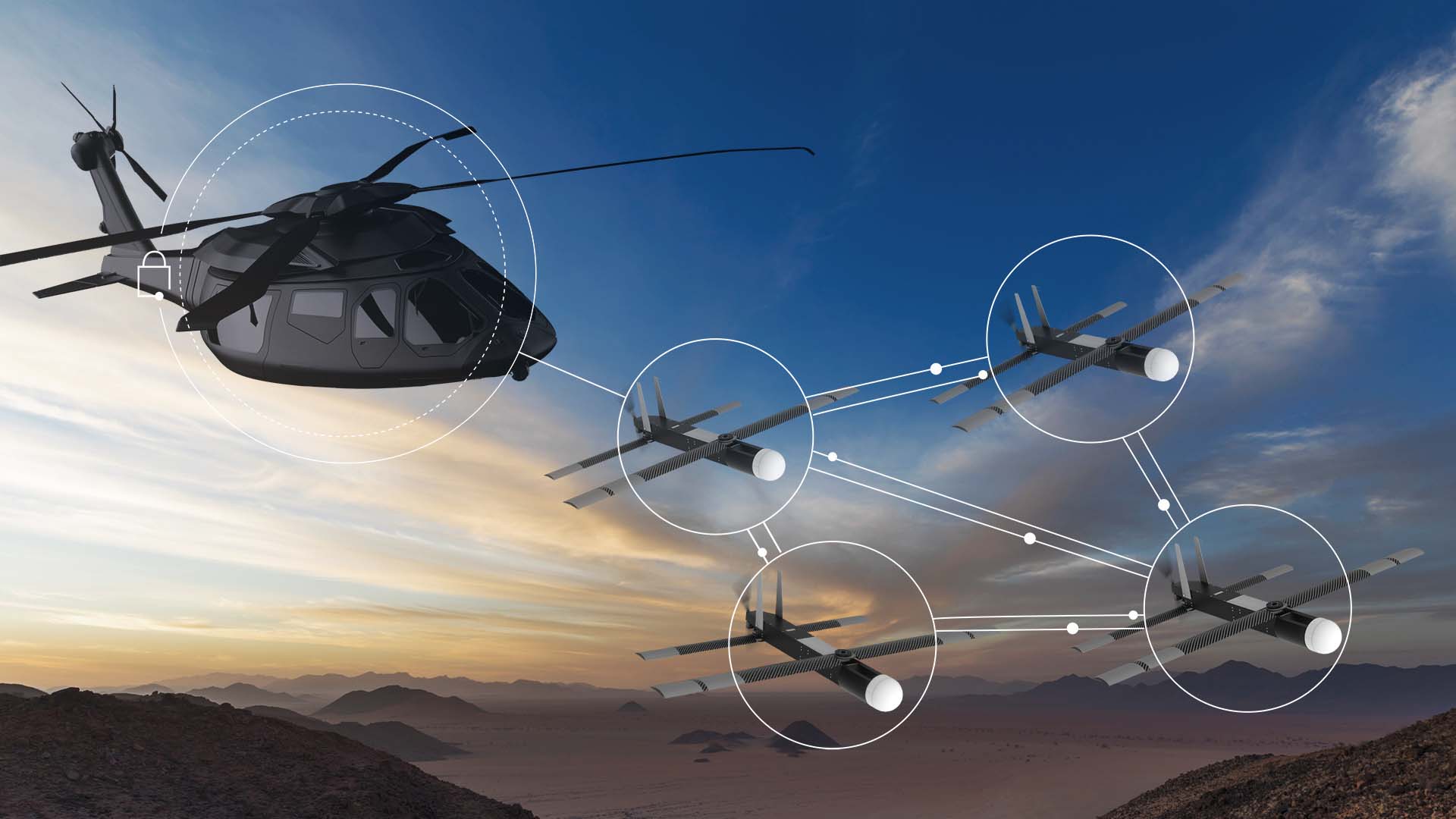
The Ministry of Defence (MoD) has issued a new challenge through iDEX ADITI Edition 1.0, targeting Indian startups. This initiative seeks the development of a next-generation weapon system for the Indian Air Force (IAF) – a helicopter-launched drone with Man-Unmanned Teaming (MUM-T) capability.
The primary goal is to equip Mi-17 class helicopters, a mainstay of the IAF, with a launch-and-forget or pilot-in-the-loop controlled drone solution. This armed drone should be capable of carrying a minimum warhead of 50 kilograms and strike targets at a distance exceeding 40 kilometers.
Continue readingSOURCE: RAUNAK KUNDE / NEWS BEAT / IDRW.ORG
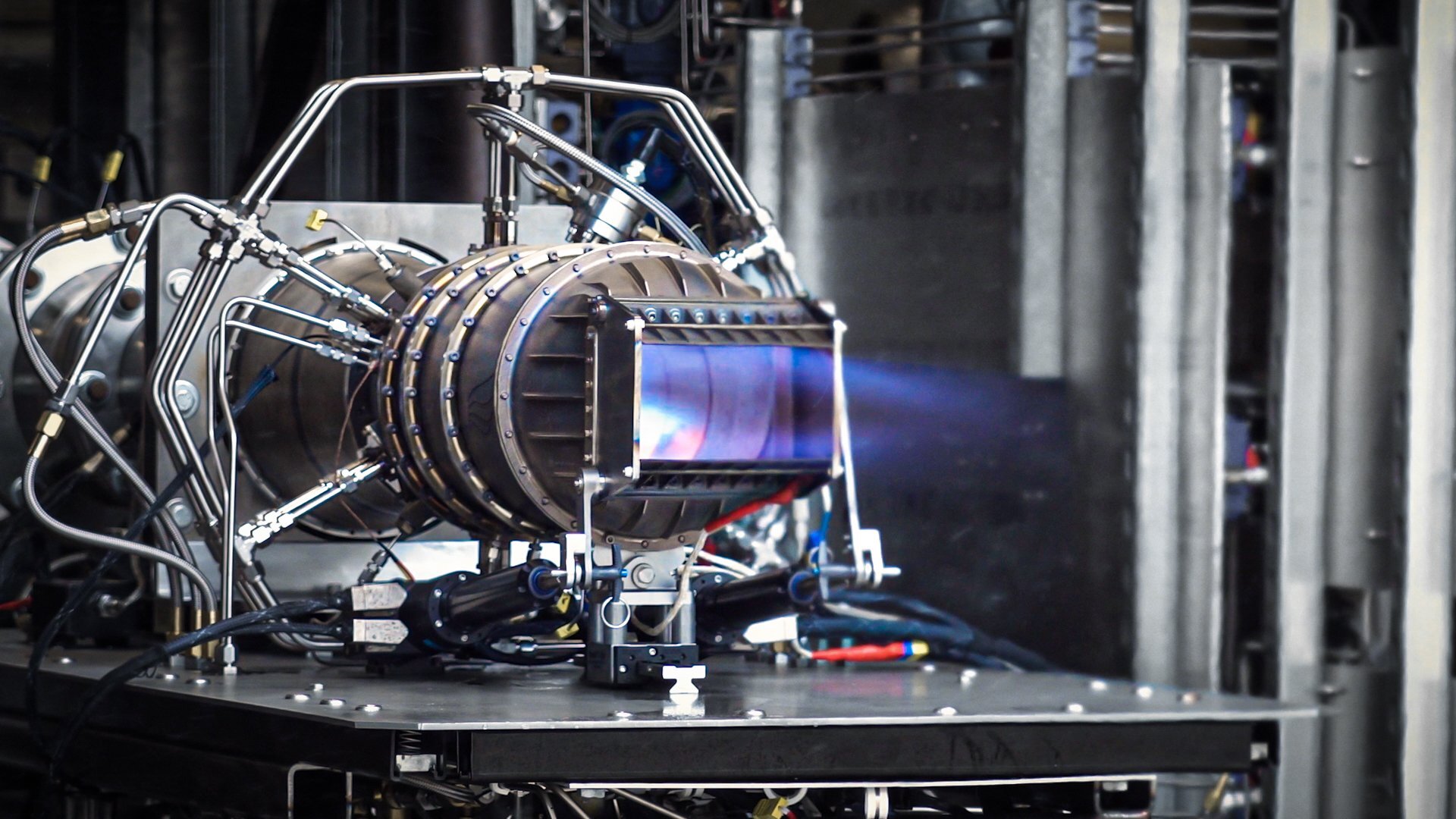
The Ministry of Defence (MoD) has launched a new initiative under iDEX ADITI (Acing Development of Innovative Technologies with iDEX) – Edition 1.0. This program specifically targets Indian startups with the challenge of developing a high supersonic to hypersonic ramjet engine for fixed-wing flying objects used by the Indian Navy.
The project aims to achieve self-reliance in a critical defence technology – hypersonic propulsion systems. This technology is crucial for developing next-generation missiles and high-speed aircraft capable of exceeding hypersonic speeds (Mach 5 and above).
Continue readingSOURCE: RAUNAK KUNDE / NEWS BEAT / IDRW.ORG
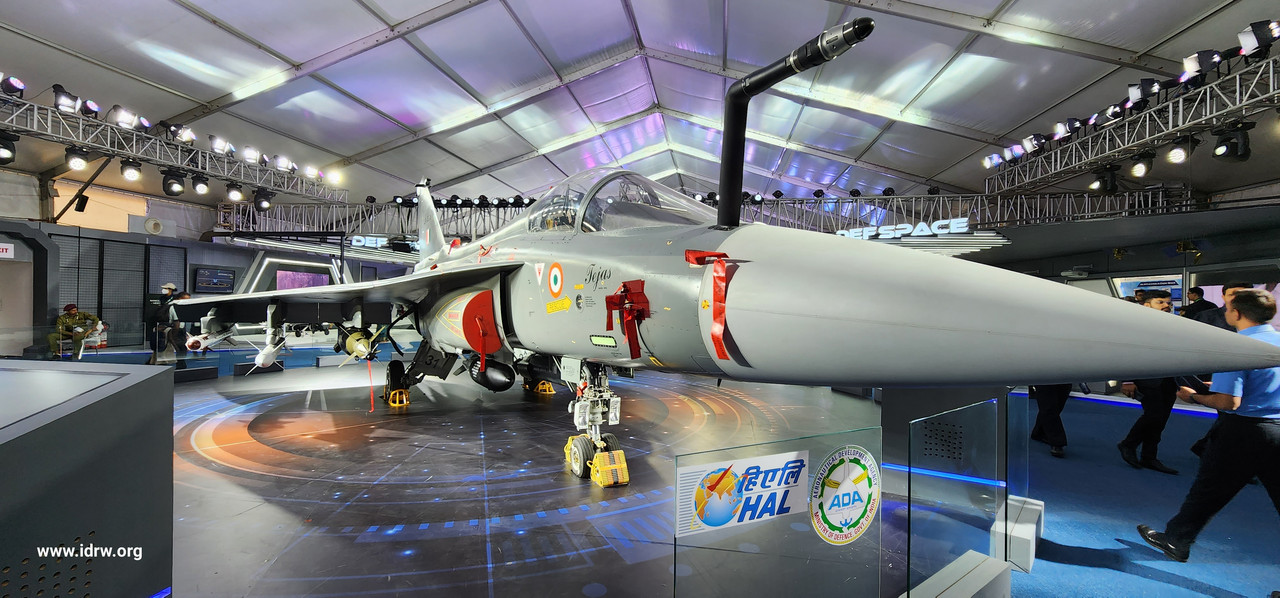
The Philippine Aerospace Development Corp (PADC) and India’s Hindustan Aeronautics Limited (HAL) are currently engaged in discussions aimed at enhancing the maritime defence capabilities of the Philippine Air Force (PAF) through the development of a customized version of the LCA-Tejas Mk1A aircraft. This initiative underscores the growing importance of naval aviation in safeguarding territorial waters and addressing regional security challenges in the Indo-Pacific region.
The LCA-Tejas Mk1A, a versatile multi-role fighter aircraft, is being considered for adaptation to the naval strike mission, specifically tailored to meet the operational requirements of the Philippine Air Force in countering maritime threats. While the Indian Air Force (IAF) has no immediate plans to deploy the LCA-Tejas Mk1A for naval strike missions, the aircraft’s potential for maritime operations are being explored through collaboration between PADC and HAL.
Continue readingSOURCE: RAUNAK KUNDE / NEWS BEAT / IDRW.ORG

Kalyani Group, a leading Indian defence and aerospace conglomerate, has expressed its interest in participating in the development of the Future Ready Combat Vehicle (FRCV) program. This ambitious project aims to replace the Indian Army’s ageing fleet of T-72 main battle tanks (MBTs) with next-generation 55-ton vehicles starting in 2030.
Company officials at the Maharashtra MSME Defence Expo highlighted Kalyani’s established expertise in manufacturing crucial tank components. Notably, the group is the first private sector company in India to successfully manufacture barrels for MBTs, surpassing even the quality of Russian-made ones for the T-72 and T-90 programs.
Continue readingSOURCE: RAUNAK KUNDE / NEWS BEAT / IDRW.ORG
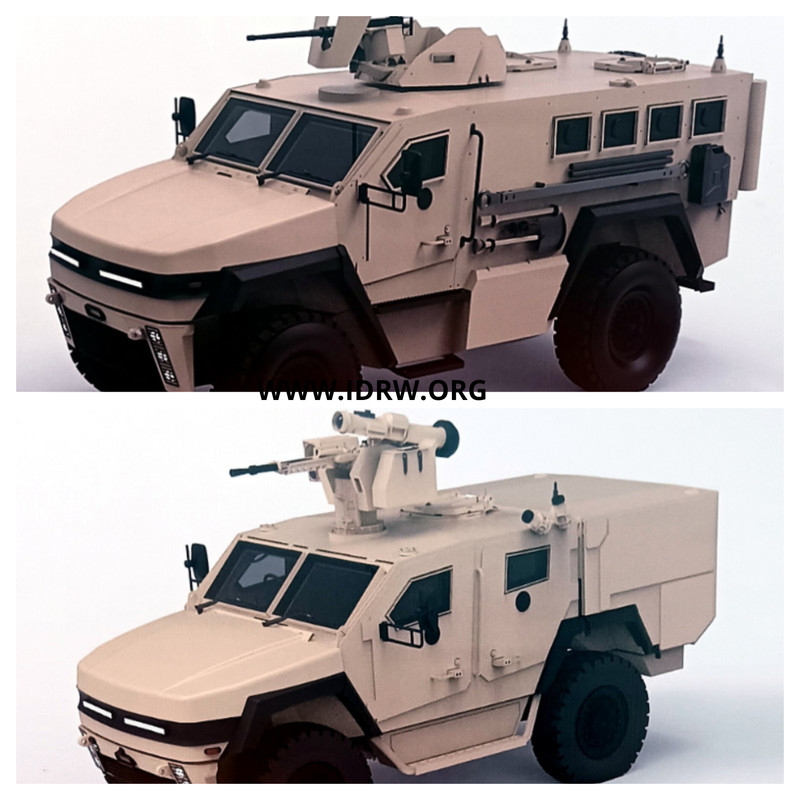
Tata Advanced Systems Limited (TASL) has unveiled details and specifications for two new armoured vehicle programs, showcasing its commitment to innovation in the Indian defence sector. These vehicles, the LAMV (Light Armoured Multipurpose Vehicle) and the Protected Mobility Vehicle (PMV) cater to the diverse operational needs of the armed forces.
The LAMV represents the epitome of versatility and agility, designed to excel in diverse operational environments. With seating for 2+2 personnel and a maximum gross vehicle weight (GVW) of 10,200kg, the LAMV offers exceptional mobility without compromising on protection.
Continue readingSOURCE: RAUNAK KUNDE / NEWS BEAT / IDRW.ORG
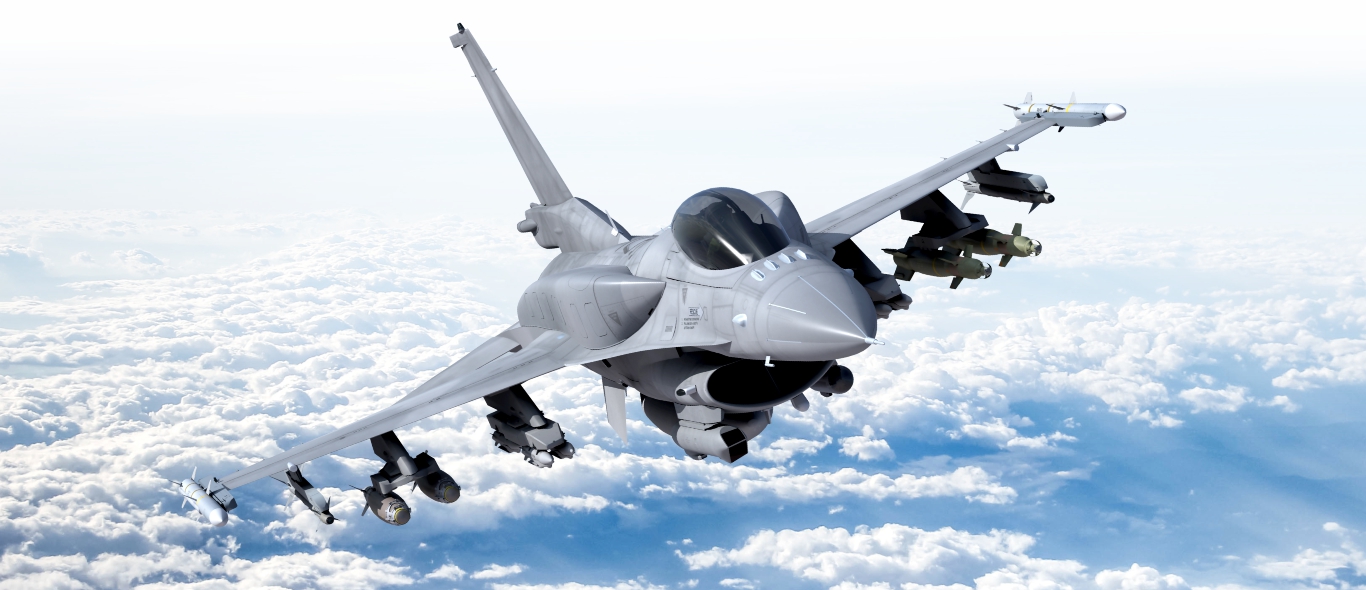
Lockheed Martin’s enduring pursuit of India’s Medium Multi-Role Fighter Aircraft (MRFA) tender remains a focal point in the global aerospace industry as the company continues to advocate for its proposed variant, the F-21. Amidst rising production levels at Lockheed’s factory in Greenville, South Carolina, which recently celebrated its 50th anniversary, the company sees sustained interest in the iconic F-16 fighter aircraft.
The Indian Air Force (IAF) is poised to issue a Request for Proposal (RFP) to all global Original Equipment Manufacturers (OEMs) later this year as part of its ambitious plan to procure 114 jets with Transfer of Technology (TOT).
Continue readingSOURCE: RAUNAK KUNDE / NEWS BEAT / IDRW.ORG

At the recent Maharashtra MSME Defence Expo, it has been confirmed to idrw.org that two private sector giants, Tata and Bharat-Forge, will serve as Development cum Production Partners (DcPP) for the Futuristic Infantry Combat Vehicle (FICV) program. This announcement marks a crucial advancement in India’s indigenous defence manufacturing and modernization efforts.
The genesis of this development can be traced back to the Defense Acquisition Council’s (DAC) decision last year, chaired by Defence Minister Rajnath Singh, which greenlit the procurement of the FICV for the Indian Army.
Continue readingSOURCE: RAUNAK KUNDE / NEWS BEAT / IDRW.ORG
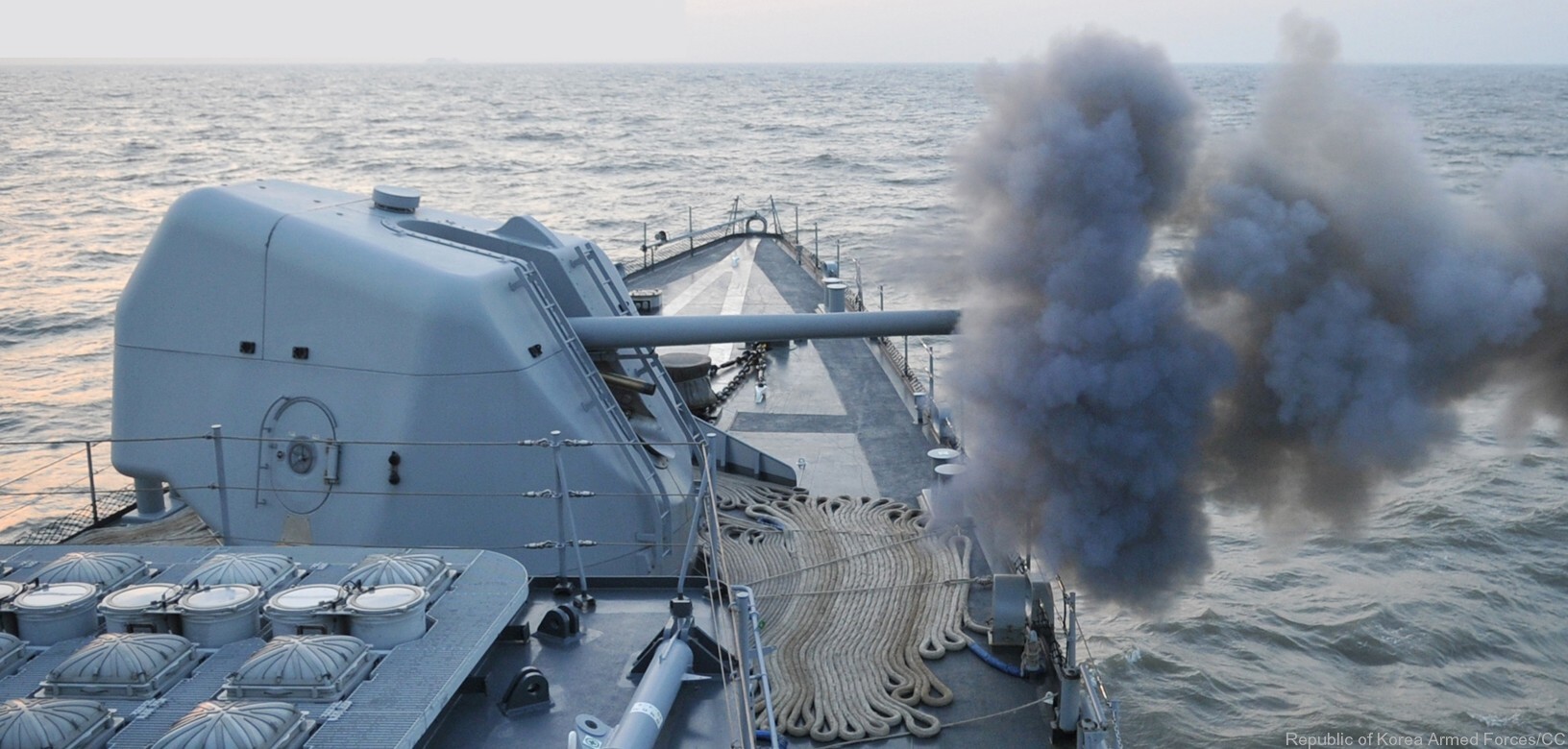
The Kalyani Group, a leading Indian defence contractor, has embarked on an ambitious project to bolster the Indian Navy’s firepower. The company is currently designing and developing three indigenous naval guns under the Make-I category of the Defence Acquisition Procedure (DAP) 2020. This government-funded initiative aims to reduce India’s reliance on foreign arms imports.
Kalyani Group officials, in talks with idrw.org, expressed their desire to translate their proven expertise in artillery guns to the naval domain. The company aims to deliver world-class naval guns tailored to the Indian Navy’s specific requirements.
Continue readingSOURCE: RAUNAK KUNDE / NEWS BEAT / IDRW.ORG
India’s Light Combat Aircraft (LCA) Tejas Mk1A program is gearing up for further expansion. Hindustan Aeronautics Limited (HAL) and the Indian Air Force (IAF) are moving forward with plans to procure 97 additional Tejas Mk1A fighter jets. This necessitates an increase in engine production by General Electric (GE).
Prior to finalizing the new order, HAL and GE officials will be meeting in Bangalore to address lingering issues from the previous engine contract. This includes delays experienced by the HAL in receiving the 99 F404-IN20 engines ordered in 2021 for the initial batch of 83 Tejas Mk1A jets. The delays were attributed to supply chain constraints and COVID-19 disruptions impacting GE’s global operations.
Continue readingSOURCE: RAUNAK KUNDE / NEWS BEAT / IDRW.ORG

A recent video released by the Bharat Shakti defense website on their factory tour of the Kalyani Group showcasing their unique Multi-terrain Artillery Gun (MArG) 155mm 39 calibre gun system. Notably, the video features a MArG 155 – BR variant equipped with what appears to be an autoloader system, a significant development compared to previous iterations.
The autoloader, if confirmed, would eliminate the need for manual loading of shells and charges into the gun, potentially improving firing efficiency and crew safety. This advancement aligns with the ongoing trend of automation in artillery systems.
Continue readingSOURCE: RAUNAK KUNDE / NEWS BEAT / IDRW.ORG
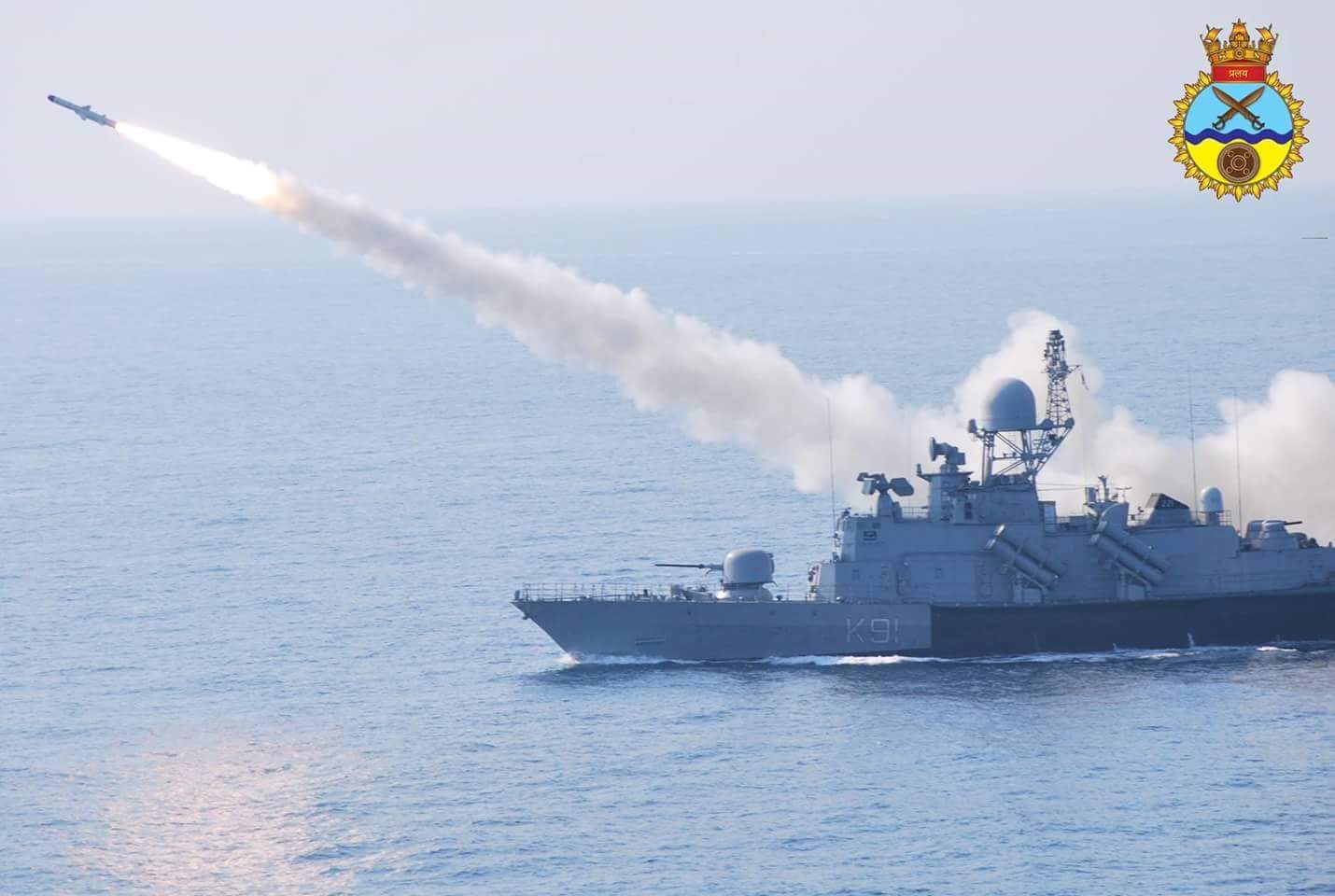
The Indian Navy showcased an interesting training solution at the recent MILAN Technical Exposition (MTEX 2024). The Naval Armament Depot utilized a decommissioned Russian-supplied Kh-35E (Kh-35E, 3M-24E) anti-ship missile, repurposed as a sea-skimming target for air defense drills.
The Kh-35E, typically launched from ships or aircraft, was employed in this instance as a low-flying practice target for other warships. These targets, skimming just below 10 meters above the water, simulate real-world anti-ship missile threats, allowing crews to hone their air defense systems and missile interception skills.
Continue reading